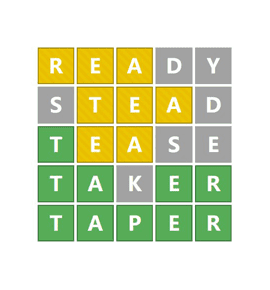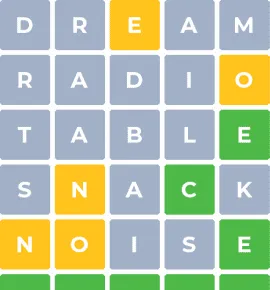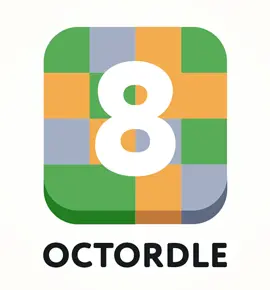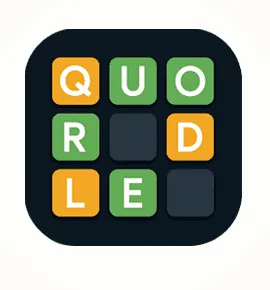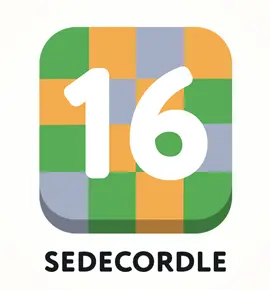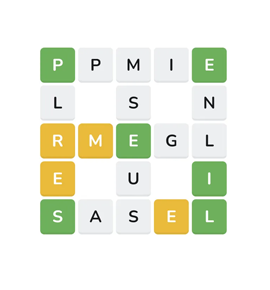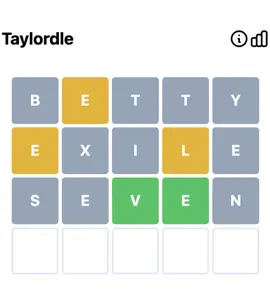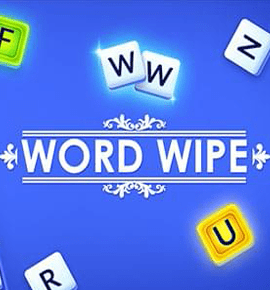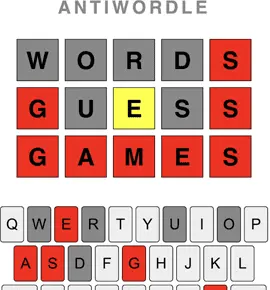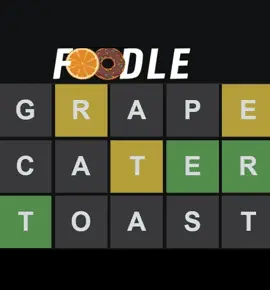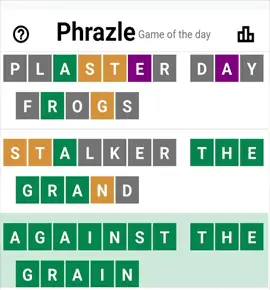 Wordle NYT
Wordle NYT
Loading game...
Slangle
About Slangle
At its core, Slangle is a word-guessing game like wordle nyt, but with a twist. Players begin by selecting letter tiles, each with its own point value, from a shared pool. The goal? To create the longest and most valuable words on the game board, which consists of interconnected nodes.
The game board resembles a network of nodes and links, adding a strategic layer to the gameplay. Players must navigate this network, strategically placing their words to maximize points and block opponents. As the game progresses, the board evolves, presenting new challenges and opportunities.
What sets Slangle apart is its strategic depth. Players not only compete to form high-scoring words but also need to anticipate their opponent's moves. Blocking pathways, seizing key nodes, and adapting to the ever-changing board are crucial for success.
Furthermore, the game introduces special tiles and power-ups that can turn the tide of a match. These additions inject an element of unpredictability, ensuring that no two games of Slangle are ever the same.
Beyond its strategic appeal, Slangle encourages players to unleash their creativity. Crafting intricate words and weaving them into the evolving network of nodes allows for a unique form of self-expression. The game becomes a canvas for linguistic ingenuity, appealing to wordsmiths and puzzle enthusiasts alike.
How To Play Slangle
The goal of Slangle is to accumulate the highest score by strategically placing letter tiles on a dynamic game board. Players compete to form words, navigate the interconnected network of nodes, and adapt their strategies to outsmart opponents. Still not sure how to play this game? Here is a step-by-step guide to playing this fantastic game.
Step 1: Start by entering their best guess for the acronym or abbreviation into the game interface.
Step 2: As you submit your guess, the letters will appear on the screen in different colors to provide visual cues. Use it as a guide for your next guess.
Step 3: Continue guessing. You have a total of five attempts to correctly guess the identity of the text slang term and decode the hidden sentence. Use the feedback from the colored letters to refine your subsequent guesses. Pay attention to both the letter positions and the letters themselves to crack the code.
Other games
there are many other games developed under Wordle NYT, let's try them out
